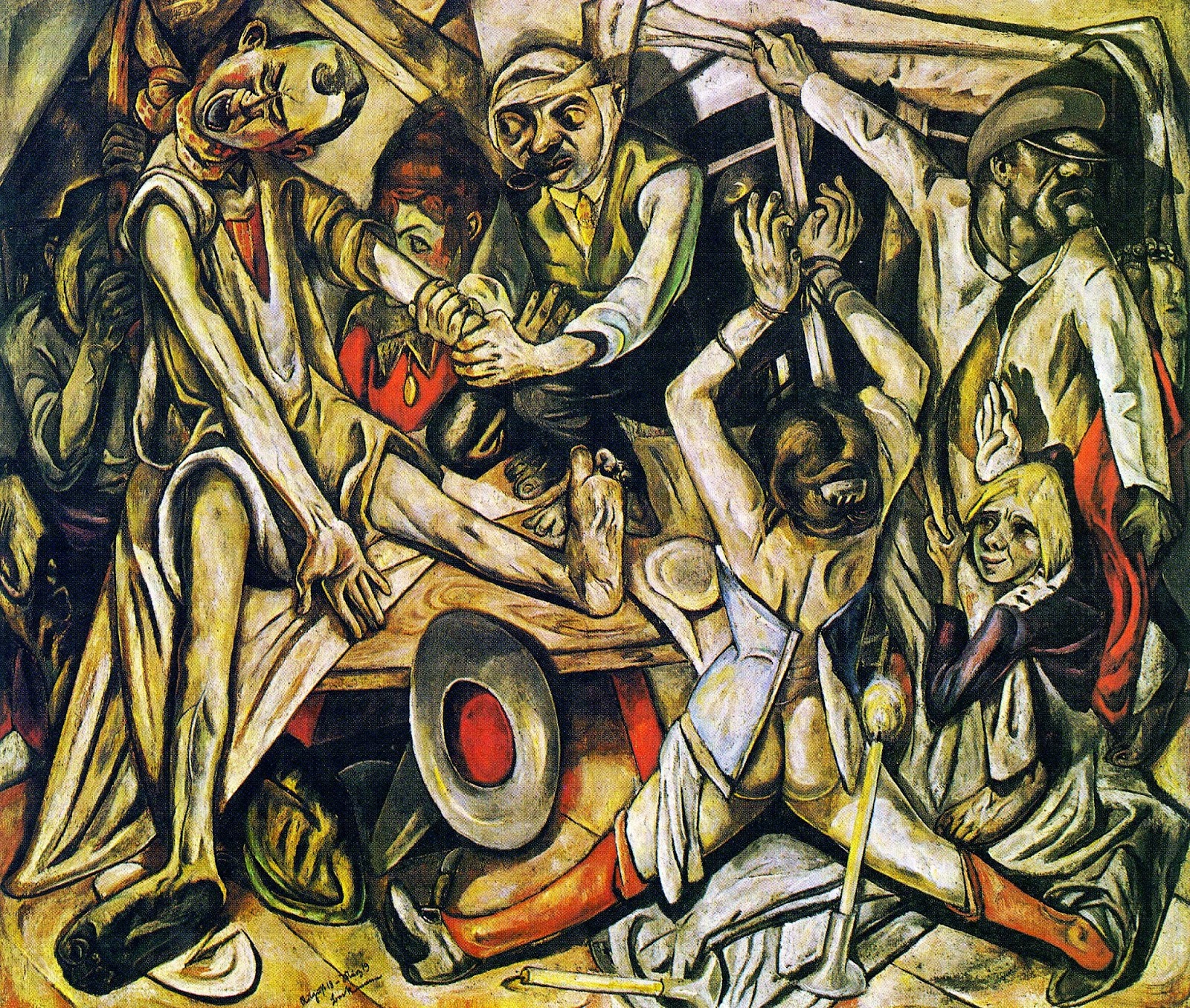 Jasper Johns, Flag
Jasper Johns, Flag Jasper Johns, Target With Four Faces
Jasper Johns, Target With Four Faces Robert Rauschenberg, Monogram
Robert Rauschenberg, Monogram Robert Rauschenberg, Retroactive I
Robert Rauschenberg, Retroactive I Andy Warhol, Marylin Monroe Diptych
Andy Warhol, Marylin Monroe Diptych Andy Warhol, Campbell's Soup Can
Andy Warhol, Campbell's Soup Can Andy Warhol, Green Disaster
Andy Warhol, Green Disaster James Rosenquist, The F 111, detail
James Rosenquist, The F 111, detail Roy Lichtenstein, Drowning Girl
Roy Lichtenstein, Drowning Girl Claes Oldenburg, Giant Soft Fan
Claes Oldenburg, Giant Soft FanPOP ART
television
Jasper Johns
Robert Rauschenberg
--assemblage
Andy Warhol
James Rosenquist
Roy Lichtenstein
Claes Oldenburg
Early TV and Politics
Here is a sample of the Kennedy-Nixon debates of 1960. Note the strange vividness and grainy slippage of early TV.
Dwight Eisenhower was the first American President to use television, however TV made John F. Kennedy's presidency. As you can see on this video, Kennedy was confident on TV, and had the poise and the looks for TV. Richard Nixon would later make brilliant use of television advertising in his 1968 presidential campaign, but he was never comfortable or confident appearing before TV cameras, not in this 1960 debate and not ever. It is sometimes said that this first of all televised debates tipped the 1960 election in Kennedy's favor. It was a triumph of form over substance. On the issues, Nixon arguably prevailed or held his own. Kennedy before this debate was perceived as a mindless rich playboy, the creation of his powerful father Joseph P. Kennedy's money and influence. Kennedy not only had to be knowledgeable on the issues, but had to "look" presidential, to reassure the voters that he could lead. This first appearance live on TV to an audience of millions was a great success for Kennedy.
TV Commercials
They certainly have changed a lot since 1965. Ah, where are the cigarette ashes of yesteryear?
The Velvet Underground:
You can't do anything on Warhol or Pop Art without at least one tune by The Velvet Underground.













































